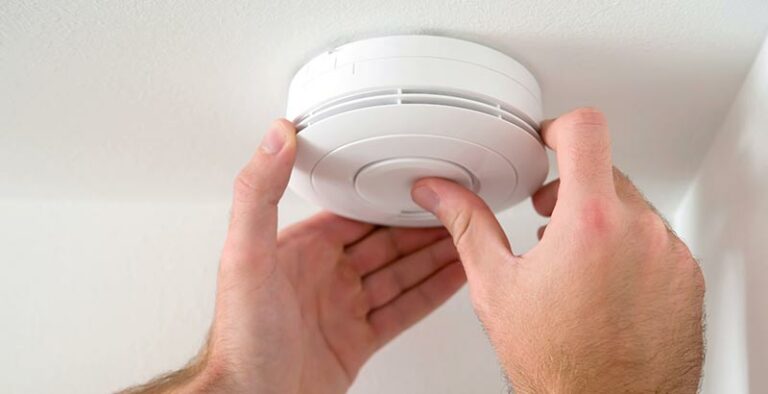
Smoke Alarms Forest Lake
Smoke Alarms need to be upgraded by the end of 2026 to comply with the current Qld Govt legislation
Legislation
When one goes off, they all go off, giving you more time to escape.
Don’t wait until it's too late.
All existing private homes, townhouses, and units require interconnected photoelectric smoke alarms by 1 January 2027. All registered caravans and motorhomes must also be fitted with a photoelectric smoke alarm.
Legislation introduced on 1 January 2017 requires all smoke alarms to comply with Australian standard 3786-2014, and requires pre-existing smoke alarms to be replaced with interconnected smoke alarms.
Smoke Alarms Requirements
Smoke alarms must:
* be photoelectric.
* comply with the Standard. (The body of the alarm must be marked with AS3786-2014.)
* be hardwired (e.g. 240v) to the mains power supply with a secondary power source (i.e. non removable 10 year battery) or; be powered by 10 year non-removable batteries type photoelectric smoke alarm.
* be interconnected with every other smoke alarm in the dwelling so all activate together.
* must not contain an ionisation sensor.
False Alarms
**The Agony of False Alarms: When Smoke Detectors Go Rogue**
As we all know, smoke detectors are a crucial safety feature in our homes and buildings. They alert us to potential dangers, giving us precious seconds to evacuate or take action to put out fires before they spread. However, what happens when these trusty devices start triggering false alarms?
**The Problem: False Alarms**
Let's face it – false alarms can be frustrating, annoying, and even debilitating for those who experience them repeatedly. Imagine being jolted awake in the middle of the night by a smoke detector's ear-piercing scream, only to discover that there's no fire whatsoever. Or picture this: you're in the middle of a busy day, and suddenly your workplace is evacuated due to a "fire" that turns out to be nothing more than a pesky fly buzzing around the detector.
**The Causes: A Recipe for False Alarms**
So, what triggers these pesky false alarms? In many cases, it's not the device itself but rather external factors. Here are some common culprits:
1. **Dust and debris**: When your detector is clogged with dust, dirt, or other particles, it can mistake them for smoke and send out a false alarm.
2. **Moisture**: High humidity or water damage can cause detectors to malfunction, leading to false alarms.
3. **Temperature fluctuations**: Sudden changes in temperature (e.g., from cooking or AC systems) can trick detectors into thinking there's smoke present.
4. **Insects and pests**: As we mentioned earlier, pesky insects like flies or wasps can trigger false alarms by crawling too close to the detector.
5. **Maintenance neglect**: Failure to regularly clean and maintain your detectors can lead to malfunctions and false alarms.
Maintenance/ Testing
Smoke alarms should be regularly dusted or vacuumed to make sure they continue working properly.
Accidental alarms go off when there is no fire. They can be a nuisance and become dangerous if homeowners remove the alarm batteries or disable an interconnected system to silence the alarm.
The fire service is not permitted to disable sounding alarms in unattended residences.
Make sure you regularly:
* Test to ensure they are working correctly.
* Vacuum to ensure no dust affects the sensors.
Ready to update your smoke alarms ?
Call me now!
10 year lithium battery
Gives you long life security and peace of mind.
Radio Frequency
Interconnected. When one alarm goes off, all go off.
Sound Level
85dB with audible signal pattern (ISO 8201)